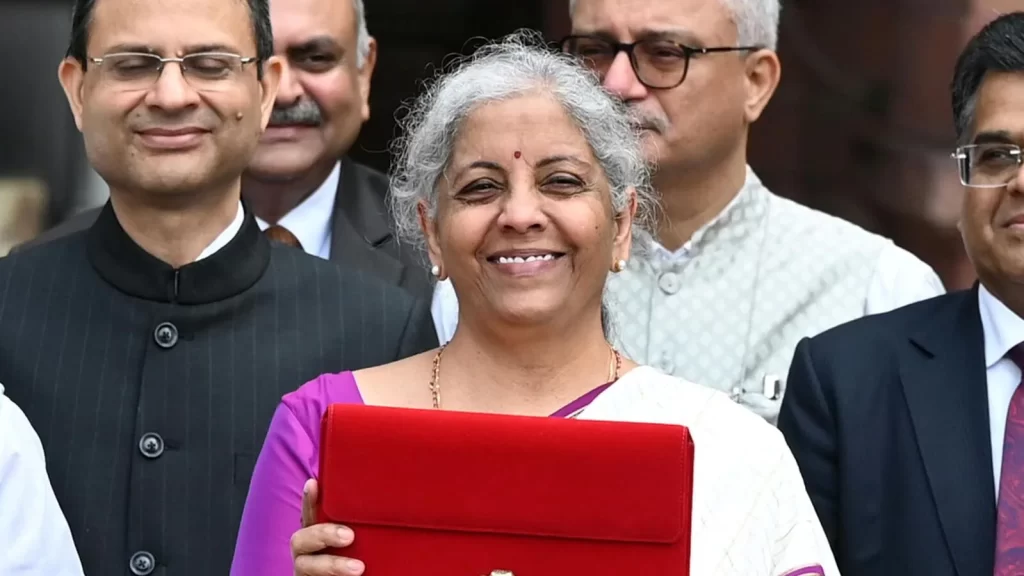16 December,2012. I am sure that most of the readers won’t be able to recall the significance of this date, but, since this is an article on women safety, the memory would undoubtedly be triggered. The sole purpose of beginning this piece with a date is to make people aware of the fact that how generalized stalking, molestation, sexist attitude and rape have become in our nation that till now very few of you have been able to recall that this is the date on which the most inhumane act of brutality was committed against a woman in the history of our nation. This is the date which led to “Nirbhaya” and the nation’s outrage to stop the rape of women at all costs.
In 2012, candle marches were held, political vendetta was played, journalists covered the issue, demand for stringent laws were made and it seemed as if the entire nation was boiling with rage. Today, Nirbhaya’s criminals have been hanged, laws have been changed, but has there been any outcome ? Within the past 15 days, 2 cases of brutality against women have been reported in the Hathras and Balrampur districts of Uttar Pradesh. In both the cases, after being subjected to multiple monstrous assaults that depict the lowest levels culprits can swoop to, the victim have succumbed to their injuries. As this was not enough, the police has acted in the most disgraceful way in the Hathras case, for reasons best known to them, by not letting the family members to perform the last rites of the departed. It can easily be called an act of ignominy on behalf of the administration to not let the grief-stricken family give their beloved daughter her last farewell. Once again, all the activities of 2012 are being repeated, but is there any assurance of the outcome this time ?
Let me give the readers a fact check. In 2012 only, there were a total 24,923 recorded cases of rape, according to data compiled by the NCRB. This meant 68.28 cases of rape were registered on an average every day. Nirbhaya got justice, but what about others ? The Park Street Rape Case of 2012, Unnao case of 2017, Kathua case of 2018, Hyderabad case of 2019, and now Hathras and Balrampur. Statistics show that since 2012, reported rape cases climbed 60% to around 40,000 in 2016 and went to 32,033 reported cases in 2019, out of which 11 percent were against Dalit women. This means that 88 rape cases were recorded per day in 2019.
However, the conviction rate of people arrested for rape remains stuck at around 27.8 %. We acknowledge the fact that fast track courts have been set up to deliver speedy justice, but the question which looms today is: Is it enough ?
In order to find the solution to this deep-rooted social problem, we must understand the very basis of its existence. There is no denial to the fact that this sordid act is neither gender-based nor caste-based, but over the years, rape has been intertwined to a considerable extent with both caste and gender in our nation. The original legal meaning of the word “rape” refers to “an offense against property”. It is no secret that for generations, women, though in a humane manner, have been considered as the property of the man of the household, to whom is connected his connotations of honour and respect. According to the ancient Anglo-Saxon Laws, rape was punished by making the accused pay a compensation to the father or the brother of the woman, depending on who supported her, because of the idea that the owner had been wronged and robbed of his honour. The exact amount to be paid depended on the economic status of the woman or on her desirability. Thus, the defence of the accused rapist in law always rested on the behaviour of the women. This was where our modern laws turned: rape was never perceived as a violation of women’s rights. This is also the origin of the mind-set behind victim blaming.
People in our nation respect women, they pray to the powerful female deities and seek the blessings of various holy rivers and their mother goddess Earth. But what they actually don’t understand is what respect is. Respecting a woman means respecting her space and will in the foremost priority. This notion of respect in not ingrained in the conscience of our people because of the technical education-failure and child rearing practices. While growing up, the children in the family must be taught that apart from the biological differences, they are equal in all respects and deserve equal rights and opportunities in life. There is no sex-education in our nation which thwarts the very aspect of learning about the opposite gender, the needs and problems of the growth phase in human bodies and the basic biological way of reproduction in a healthy environment.
Another major problem is that of caste. According to the ancient social laws, the women who were slaves couldn’t be raped at all, because they were the property of their owners and were completely subjected to their will. This is the root cause of the violence against the women folk of the dalits, scheduled castes and tribes. Generations have passed, but the people of our nation are still unable to recognize the fact that irrespective of the caste and status a woman belongs to, no one has the right to assault her or molest her. Neither is she an object nor is she in any way a property of the people for whom she works, violating her private space is a criminal offense at all costs. This argument in no ways justifies the political issue created out of the caste and religion of the victim, but solely admits that caste does play a role in some cases of sexual assault.
In the patriarchal society that has existed for years now, the male point of view was of paramount importance, but people need to understand that we are living in the 21st century, where women are not just properties owned by the opposite gender. The scenarios of existence, respect, livelihood and rights have changed drastically over the past centuries and so must our laws. Rape is not a gender issue, it is a criminal issue of violating one’s private space without the consent. But, with the statistical data cited above, it is no doubt that in our nation, stringent laws must come into fore for women’s safety. Also, the data only took the registered cases under consideration, there are many that go unreported due to fear of social stigma. Also, not to forget that there is no concept of martial rape in our nation. If two people, irrespective of their genders are engaging with each other with consent, it must not be a problem to anyone in the society. But at the same time, if one of the partners advances towards non-consensual activity, and is reported, the society must not victim blame. Gang rape cases are the most terrible of all and must be dealt with utmost austerity.
With 7 years being taken to get the justice delivered for the most brutal case of our nation, its high time that both the laws and mentality of the people should undergo systematization. Rape is the most heinous of all the crimes. The punishment to it should also be befitting. Long sentences or life-imprisonments are not worthy enough. The need of the hour is to bring about a change by the rational radicalization of the upcoming generation as well as instilling a sense of fear in the conscience of the wrong-doers. Its on us to direct our rage in the correct path so as to bring about a change. After all, women of the nation don’t want candle marches, what they want is a safe environment.
Written by – Aishani Mishra




